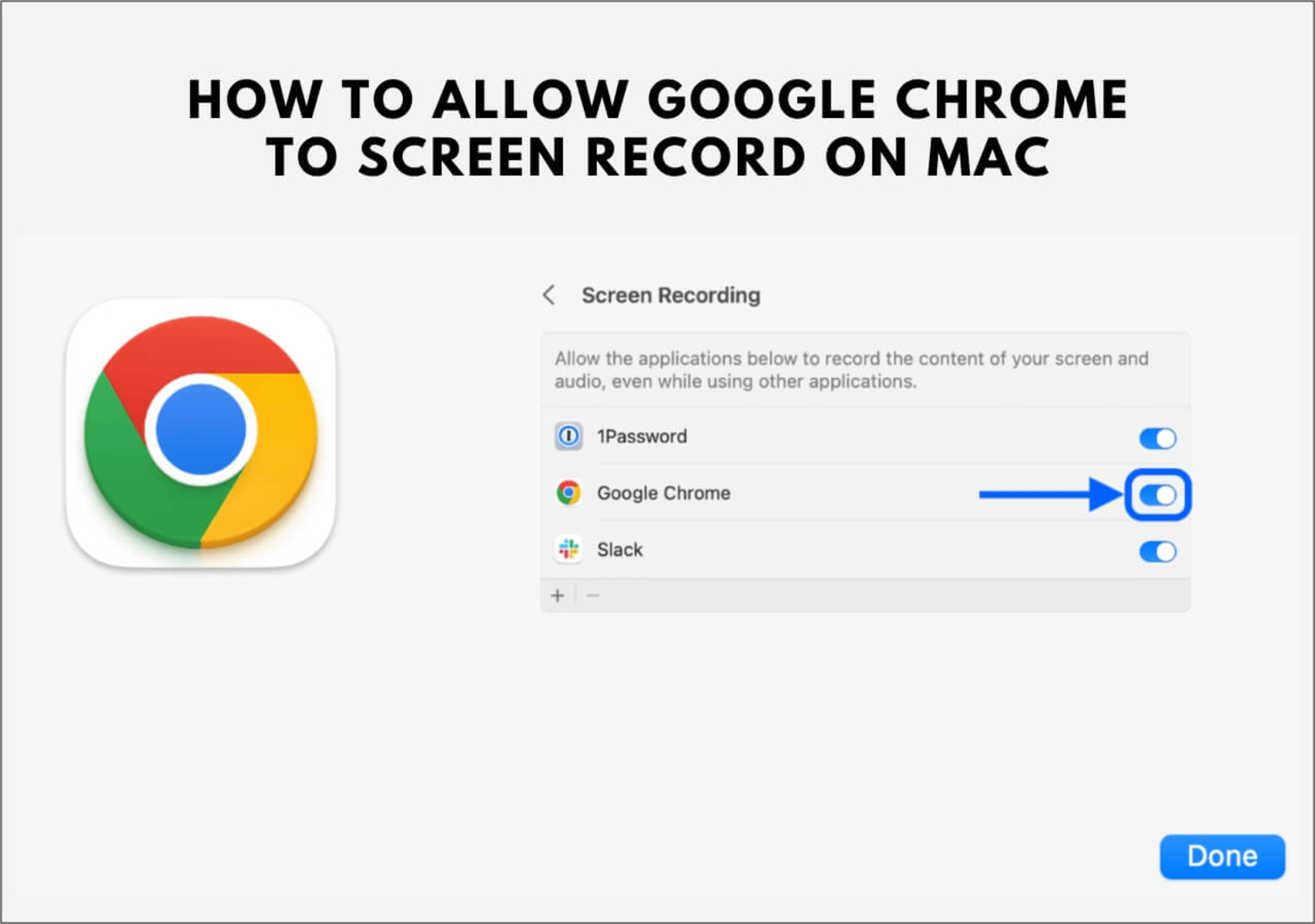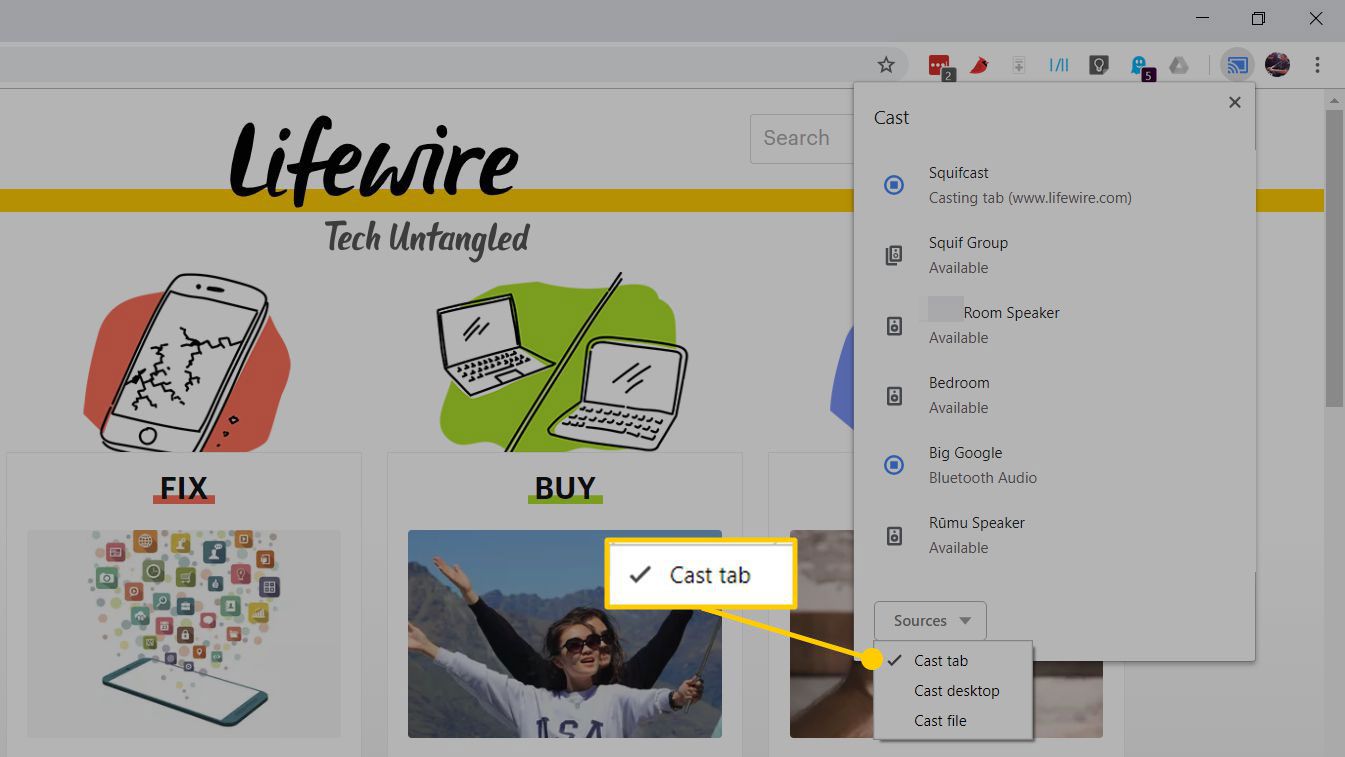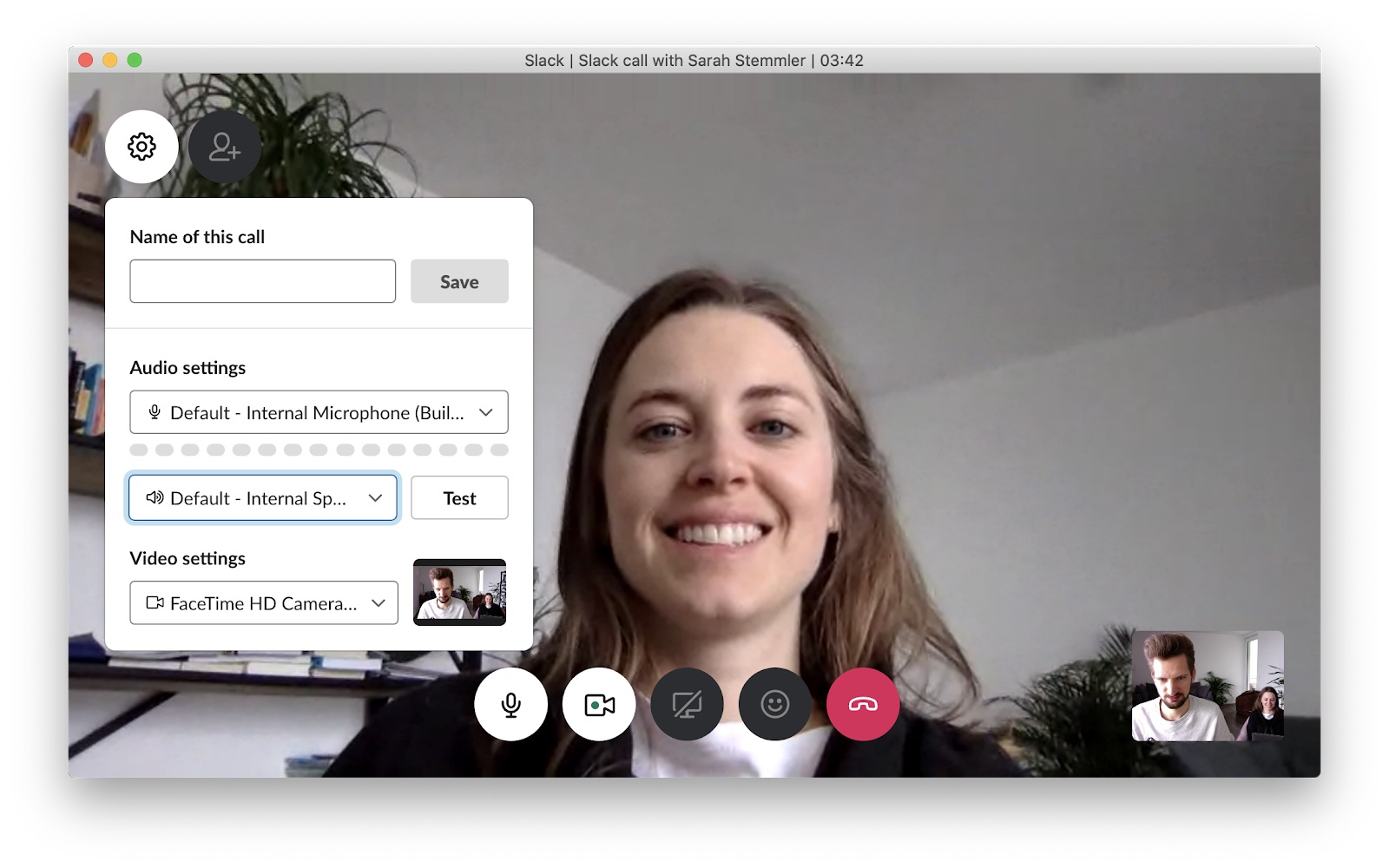Introduction
Google Chrome is a popular web browser known for its speed, simplicity, and user-friendly interface. However, one common issue that users encounter is the automatic opening of new tabs or pop-up windows, which can be disruptive and frustrating. Whether these new tabs are the result of malicious software or simply an unwanted behavior of certain websites, there are several effective methods to stop Chrome from opening new tabs without your consent.
In this article, we will explore practical solutions to address this issue and regain control over your browsing experience. By implementing the following strategies, you can prevent intrusive pop-up windows and maintain a seamless and uninterrupted online navigation. Whether you are using Chrome for work, leisure, or both, taking control of new tab behavior can significantly enhance your browsing satisfaction.
Let's delve into the steps to disable pop-up windows, manage extensions, and reset Chrome settings to put an end to the unwelcome intrusion of new tabs. With these techniques at your disposal, you can enjoy a smoother and more secure browsing experience, free from the annoyance of unwanted pop-ups and new tabs.
Disable Pop-up Windows
Pop-up windows can disrupt your browsing experience and potentially expose your system to security risks. Fortunately, Google Chrome offers built-in features to help you prevent these intrusive pop-ups from appearing. Here's how you can disable pop-up windows in Chrome:
-
Access Chrome Settings: Click on the three-dot menu icon in the top-right corner of the browser window and select "Settings" from the dropdown menu.
-
Navigate to Privacy and Security: In the Settings menu, scroll down and click on "Privacy and security" in the left-hand sidebar.
-
Select Site Settings: Under the "Privacy and security" section, click on "Site settings" to access a range of options for managing website permissions.
-
Block Pop-ups: Within the Site settings, locate and click on "Pop-ups and redirects." Toggle the switch to block pop-ups and prevent websites from opening new tabs without your consent.
-
Customize Exceptions: If there are specific websites from which you want to allow pop-ups, you can add them to the exceptions list by clicking on "Add" next to the "Allow" section.
By following these steps, you can effectively disable pop-up windows in Google Chrome, creating a more seamless and uninterrupted browsing experience. This proactive approach not only enhances your online security but also minimizes distractions caused by unwanted pop-ups and new tabs.
In addition to these built-in settings, it's important to ensure that your browser is up to date and that you have reliable security software installed on your device. Regularly updating Chrome and running security scans can further safeguard your browsing activities and protect against potential threats.
By taking control of pop-up windows and implementing these preventive measures, you can enjoy a safer and more enjoyable browsing experience with Google Chrome.
Manage Extensions
Google Chrome's extensive library of extensions offers users a wide range of functionalities, from productivity tools to entertainment add-ons. However, some extensions may inadvertently contribute to the issue of unwanted new tabs opening in the browser. Managing extensions effectively can help address this issue and optimize your browsing experience. Here's how you can manage extensions in Chrome:
Access Chrome Extensions
To manage extensions, start by accessing the Extensions menu in Google Chrome. You can do this by clicking on the three-dot menu icon in the top-right corner of the browser window, hovering over "More tools," and selecting "Extensions" from the expanded menu. Alternatively, you can type "chrome://extensions/" in the address bar and press Enter to directly access the Extensions page.
Review Installed Extensions
Once you are in the Extensions menu, take the time to review the list of installed extensions. Evaluate each extension to determine its purpose and relevance to your browsing activities. Extensions that are outdated, unused, or obtained from unverified sources may pose a risk to your browsing security and could potentially trigger unwanted pop-ups or new tabs.
Disable or Remove Unnecessary Extensions
Identify any extensions that you no longer require or those that may be causing disruptive behavior, such as opening new tabs without your consent. To disable an extension, simply toggle the switch next to it to the "Off" position. If you wish to remove an extension entirely, click on the "Remove" button below the respective extension.
Update and Verify Extensions
Ensure that the remaining extensions are up to date and sourced from reputable developers. Outdated or compromised extensions can lead to compatibility issues and unexpected behaviors, including the automatic opening of new tabs. Regularly check for updates by clicking on the "Update" button within the Extensions menu and verify the legitimacy of each extension.
Utilize Extension Settings
Some extensions may have their own settings that allow you to customize their behavior. After reviewing and updating your extensions, explore the settings of each extension to ensure that their functionalities align with your browsing preferences. Adjusting these settings can help mitigate any unwanted behaviors, including the generation of new tabs.
By actively managing your extensions and maintaining a lean, secure, and up-to-date collection, you can significantly reduce the likelihood of unwanted new tabs opening in Google Chrome. This proactive approach not only enhances your browsing experience but also contributes to a more secure and efficient use of browser extensions. Regularly revisiting your extensions and optimizing their usage can help you stay in control of your browsing environment and minimize disruptive occurrences.
Reset Chrome Settings
Resetting Chrome settings can serve as a comprehensive solution to address persistent issues, including the unwarranted opening of new tabs. By restoring Chrome to its default state, you can effectively eliminate potential configurations or settings that may be contributing to the problem. Here's a detailed guide on how to reset Chrome settings and restore the browser to its original state:
Access Chrome Settings
To initiate the process of resetting Chrome settings, start by accessing the browser's settings menu. Click on the three-dot menu icon located in the top-right corner of the browser window and select "Settings" from the dropdown menu. Alternatively, you can type "chrome://settings/" in the address bar and press Enter to directly access the Settings page.
Navigate to Advanced Settings
Within the Settings menu, scroll down to the bottom and click on "Advanced" to reveal additional options and configurations. This will expand the settings menu to provide more advanced customization and troubleshooting features.
Reset Settings to Default
Under the "Reset and clean up" section, click on "Restore settings to their original defaults." This action will prompt a confirmation dialog that outlines the changes that will occur when resetting Chrome settings. You will have the option to retain certain data, such as bookmarks and passwords, or perform a complete reset that clears all browsing data, including cookies, cache, and site settings.
Confirm the Reset
After reviewing the implications of the reset, click on the "Reset settings" button to proceed. Chrome will then initiate the process of restoring the browser to its original state, effectively reverting any customizations or configurations that may have contributed to the issue of unwanted new tabs opening.
Post-Reset Considerations
Following the reset, it is advisable to revisit your browsing preferences and reconfigure any essential settings, such as default search engine preferences, language settings, and privacy configurations. Additionally, you may need to sign back into your Google account and re-enable any desired extensions that were previously in use.
By resetting Chrome settings, you can effectively eliminate potential triggers for unwanted new tab behavior and restore the browser to a clean and optimized state. This proactive approach can help address persistent issues and provide a fresh start for your browsing experience. It is important to note that resetting Chrome settings should be approached with consideration, as it will result in the removal of certain customizations and stored data. However, for users experiencing persistent issues with unwanted new tabs, a reset can serve as a valuable troubleshooting step to restore Chrome to its default, stable state.

























